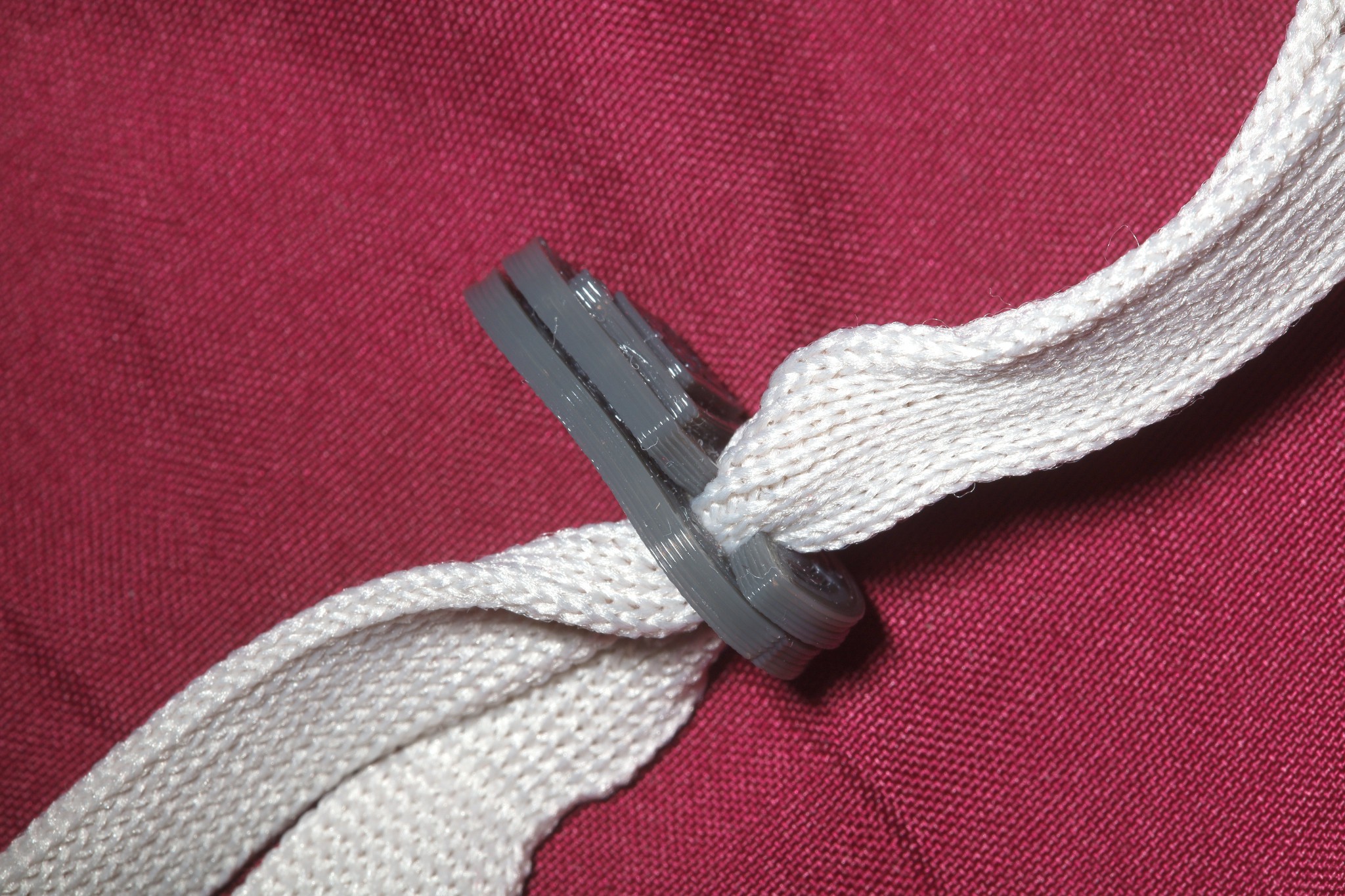 The removable PETG design warped in the drier while the death stars so far retained their shape. So the removable ones have to be painstakingly taken off before washing. It's likely the death stars would deform eventually. The trick is solving chafing with the removable ones.
The removable PETG design warped in the drier while the death stars so far retained their shape. So the removable ones have to be painstakingly taken off before washing. It's likely the death stars would deform eventually. The trick is solving chafing with the removable ones.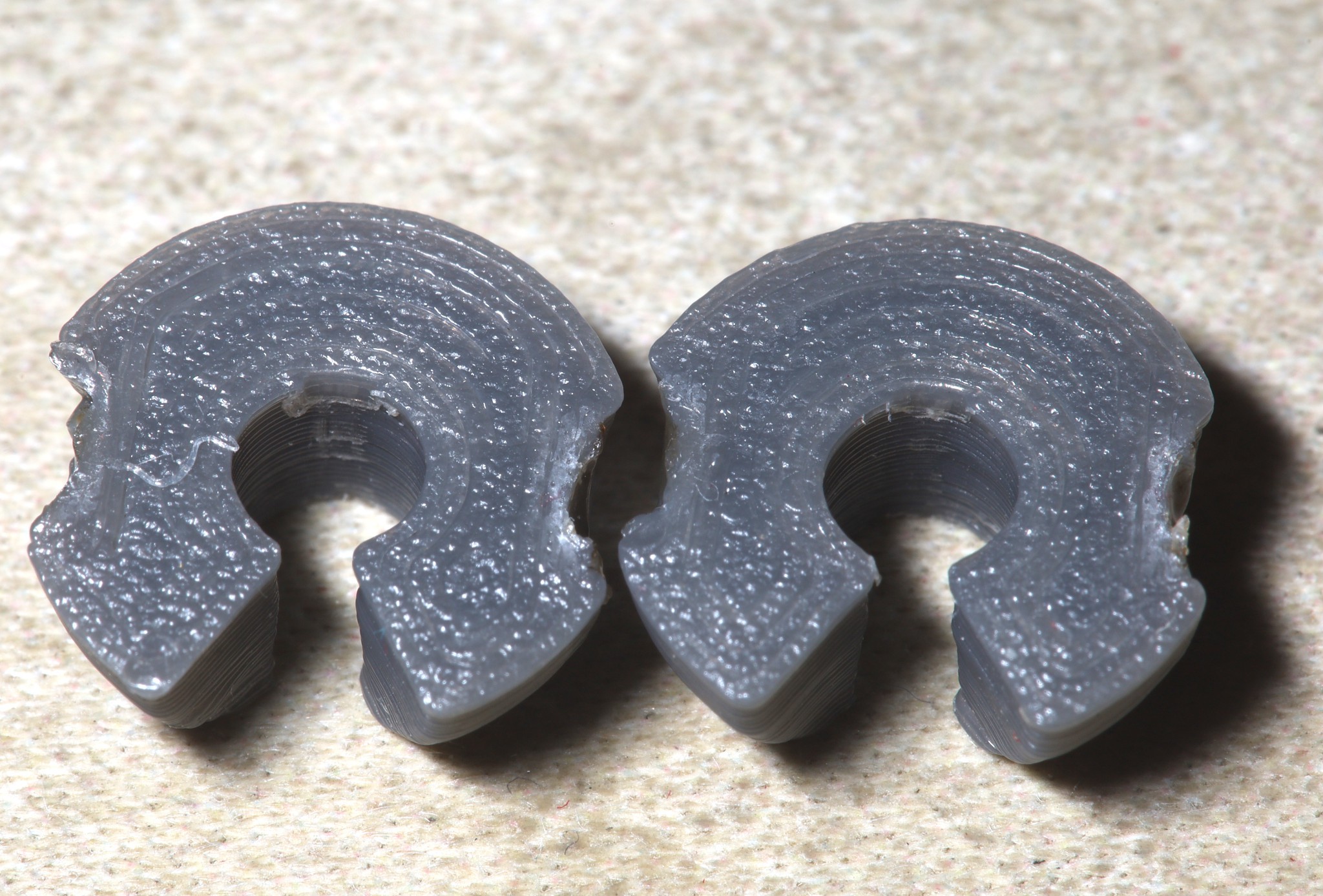
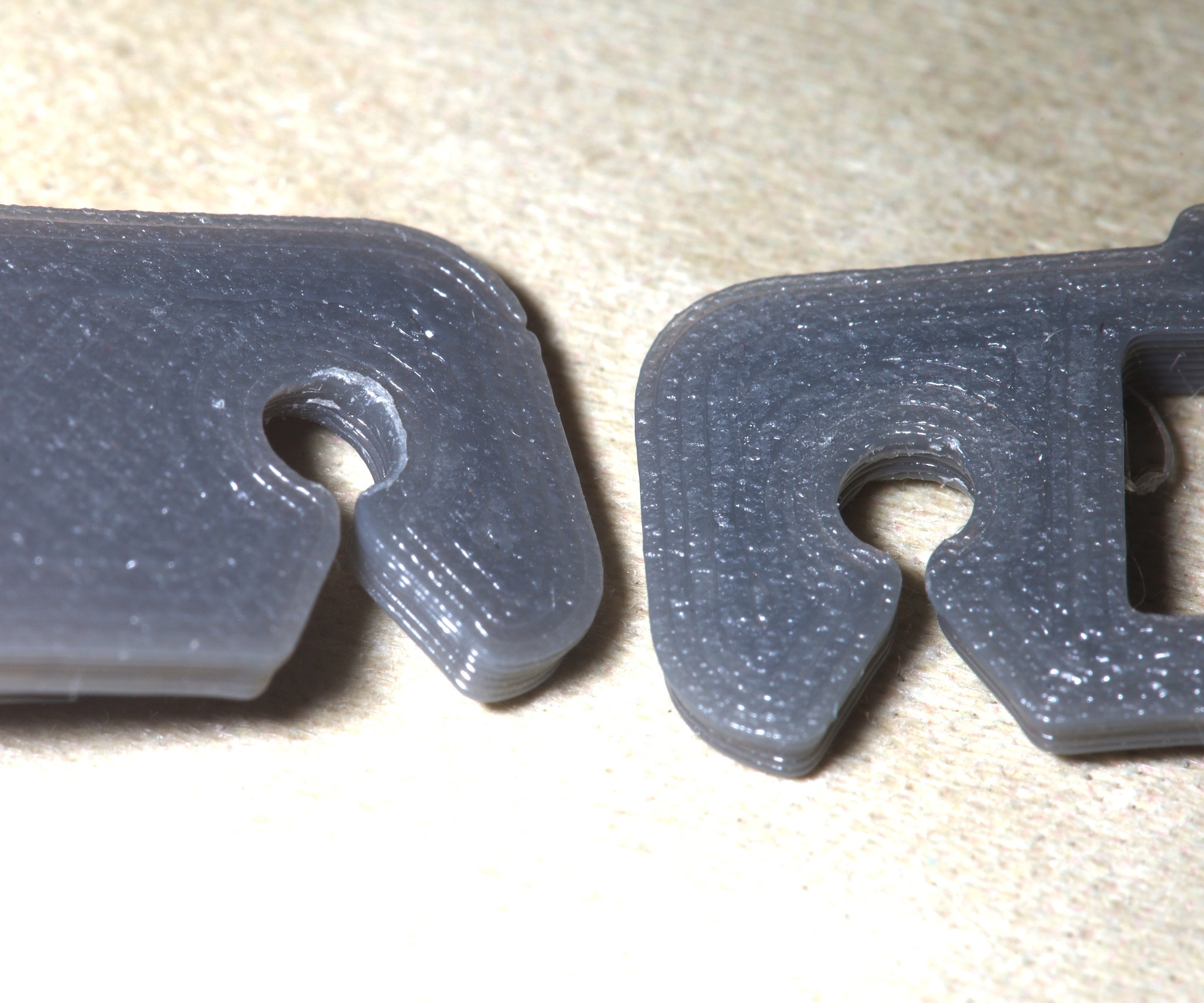
The PETG eventually wears down. The hope is a material will stabilize before it loses all tension.
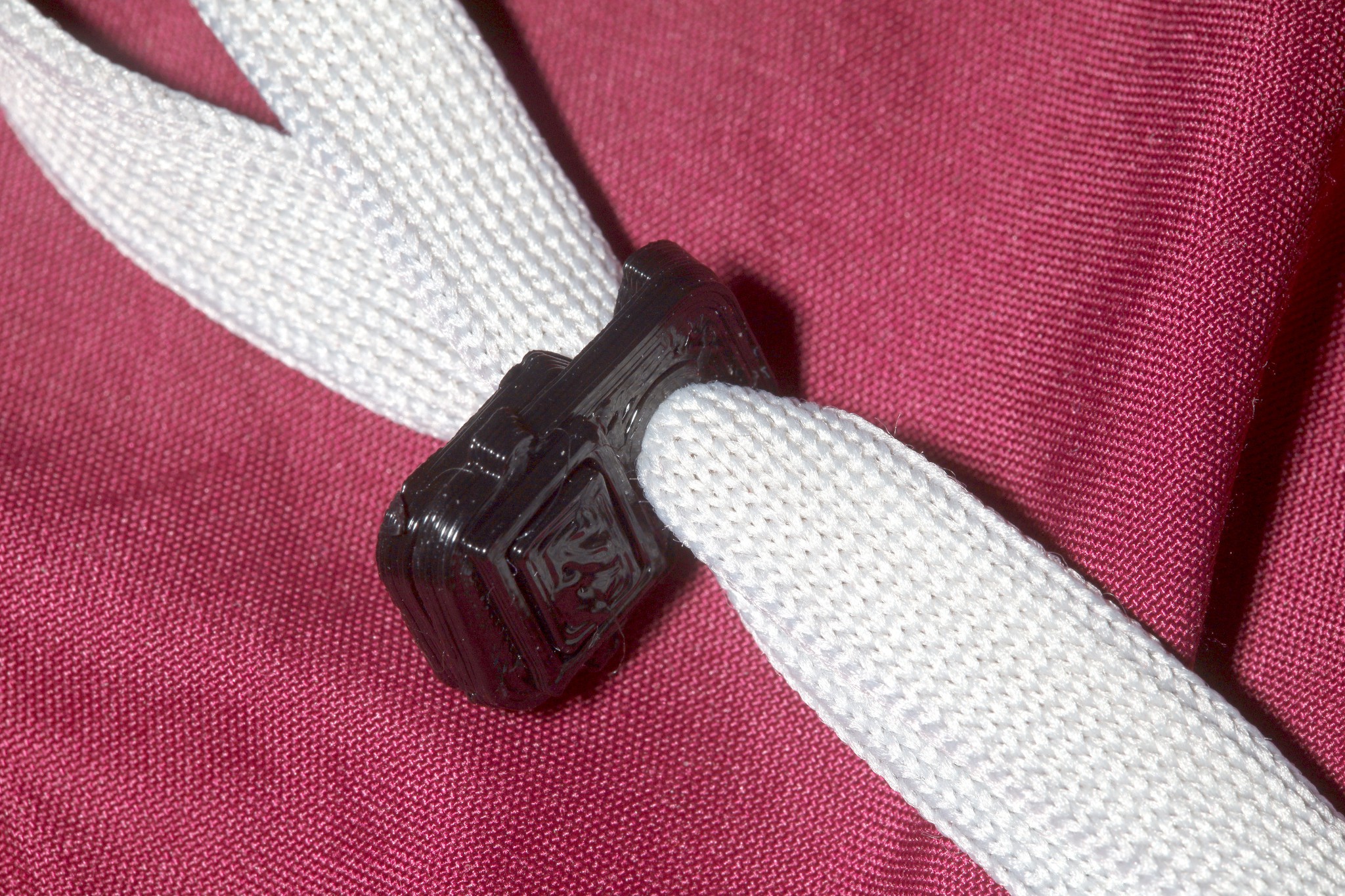
Testing began with a hard TPU variant. This is going to need larger dimensions, but it might have less wear. It still has a chafing problem & it does deform under a static pressure.
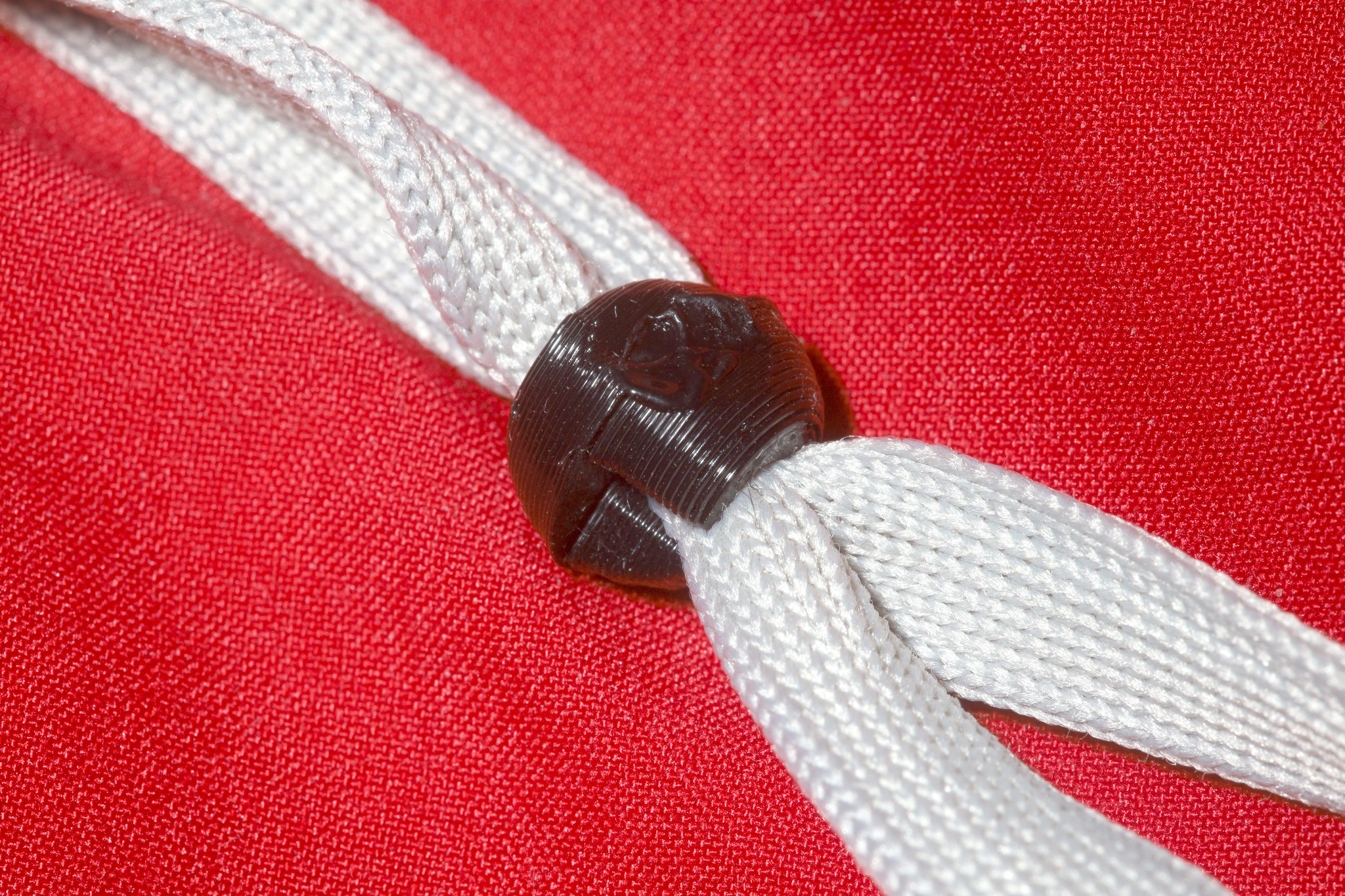
Chafing from TPU was still bad enough to try a TPU death star. This one had .5mm crimping offsets modeled in. .2mm offsets for crimping seem to be ideal.
The trick with a removable death star is the semicircle either has to face the bed or it has to be welded on.
 lion mclionhead
lion mclionhead
Discussions
Become a Hackaday.io Member
Create an account to leave a comment. Already have an account? Log In.